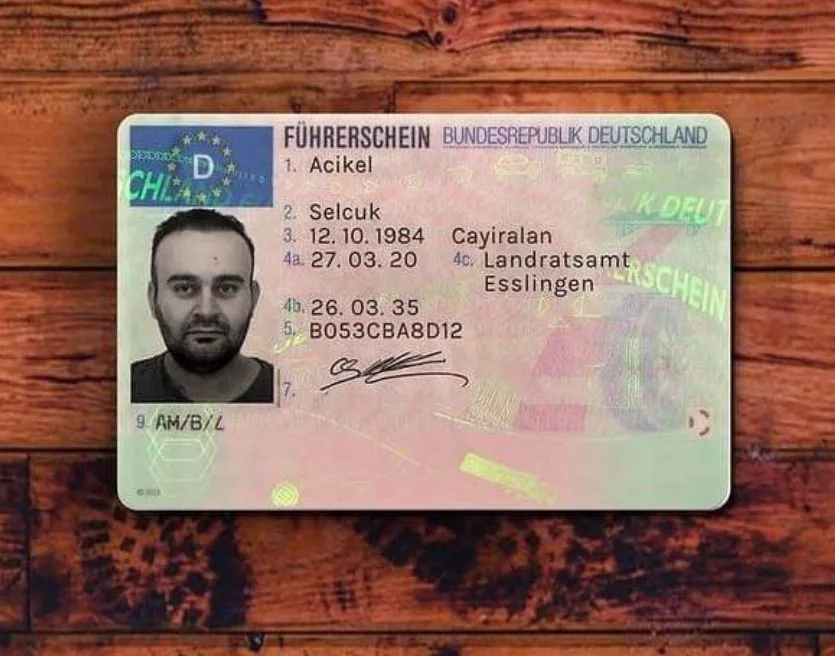15 Astonishing Facts About Learn To Drive Without A Test

Learning to Drive Without a Test: Exploring Alternative Paths in Driver Education
In a period where benefit and innovation dominate the landscape of education and abilities acquisition, the conventional design of finding out to drive-- completing a rigorous test to make a driver's license-- has actually come under examination. For many, the process of getting behind the wheel, studying hard, and passing both a written and useful driving test can be intimidating. Nevertheless, emerging trends and alternative techniques to driver education suggest that there might be methods to discover to drive without feeling the pressure of an official testing environment.
Understanding fahrerlaubnis ohne prüfung , earning a driver's license needs possible chauffeurs to go through a series of tests developed to gauge knowledge and practical skills. These consist of:
Composed Test: This assesses understanding of the guidelines of the roadway, traffic signals, and safe driving practices.
Practical Driving Test: Applicants must demonstrate their ability to run a lorry securely and in accordance with traffic laws.
While this model ensures that all drivers fulfill a minimum standard of proficiency, it can be a source of stress for numerous students. The worry of failure, combined with the logistics and expense connected with testing, can discourage individuals from acquiring their license entirely.
Alternative Methods of Learning to Drive
Driving School Innovations: Many driving schools have begun to use more personalized education programs that enable students to find out at their own rate. These programs frequently include one-on-one direction with licensed driving trainers who focus on structure self-confidence rather than pressuring students to pass a test. Some modern driving schools even include online modules where learners can study the rules of the roadway in a more relaxed setting before stepping into the car.
Simulated Driving Experiences: Advances in innovation have caused the production of sophisticated driving simulators. These can supply valuable experience without the danger of accidents. Learners can practice their abilities in various weather, traffic circumstances, and driving scenarios that they may not experience in normal driving classes. This hands-on technique to learning can enhance a student's skills and self-confidence behind the wheel.

Peer-to-Peer Learning: Informal driving practice with friends or household members can also act as a feasible alternative to standard methods. While this method does not completely eliminate the need for official testing, it permits individuals to gain convenience and experience behind the wheel without the anxiety of an official examination. fahrerlaubnis ohne prüfung or good friends can provide guidance and feedback, making the discovering procedure less challenging and more supportive.
Flexible State Regulations: Some regions are starting to reconsider their obligatory testing policies, especially for certain demographics, such as veterans or individuals with disabilities. These modifications reflect a growing acknowledgment that life experiences and driving routines may not constantly line up with conventional testing standards. Advocacy for a more holistic approach to assessing driving proficiency is ending up being a topic of discussion in many legislative circles.
Personal Certifications: In particular places, people might explore alternatives that focus more on mentorship and safer driving habits rather than traditional tests. Accreditation through community programs or recognized organizations that back experiential learning could motivate safe driving while bypassing the standard testing path.
The Benefits and Drawbacks
While finding out to drive without an official test provides numerous possible benefits-- such as reducing stress, promoting a more inclusive environment for students, and focusing on proficiency over testing anxiety-- it likewise raises issues. Critics argue that eliminating official evaluations might result in disparities in driver preparedness, possibly jeopardizing roadway security.
Moreover, standard testing serves not only as an evaluation of skills, however as a standardized standard that ensures all chauffeurs have the necessary understanding to navigate the roadways safely.
Conclusion
The landscape of driver education is evolving. As alternative methods of finding out to drive gain traction, striking a balance in between versatility and security is paramount. While it is clear that there are opportunities for discovering to drive without the pressure of an official test, ensuring that all motorists preserve a high standard of safety must stay a priority. In the future, we might see more customized methods to driver education that accommodate numerous discovering designs, eventually resulting in much safer, more positive motorists on our roads.
